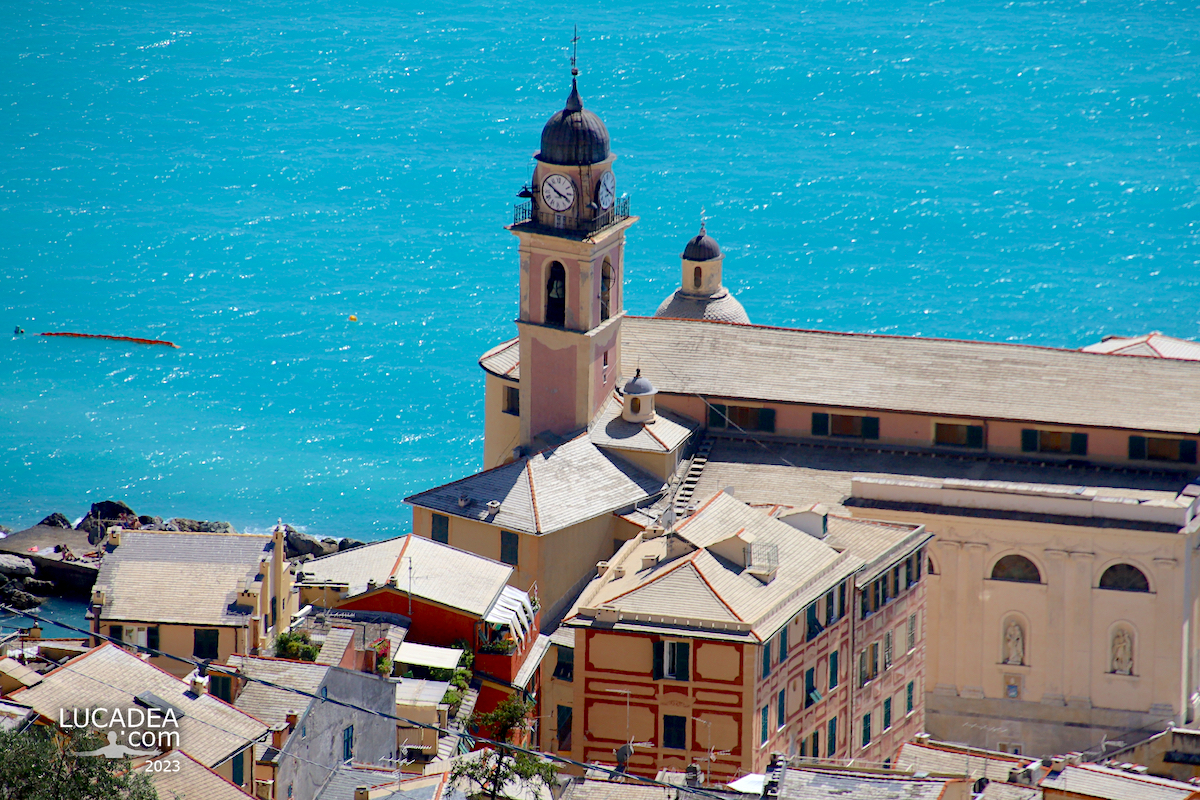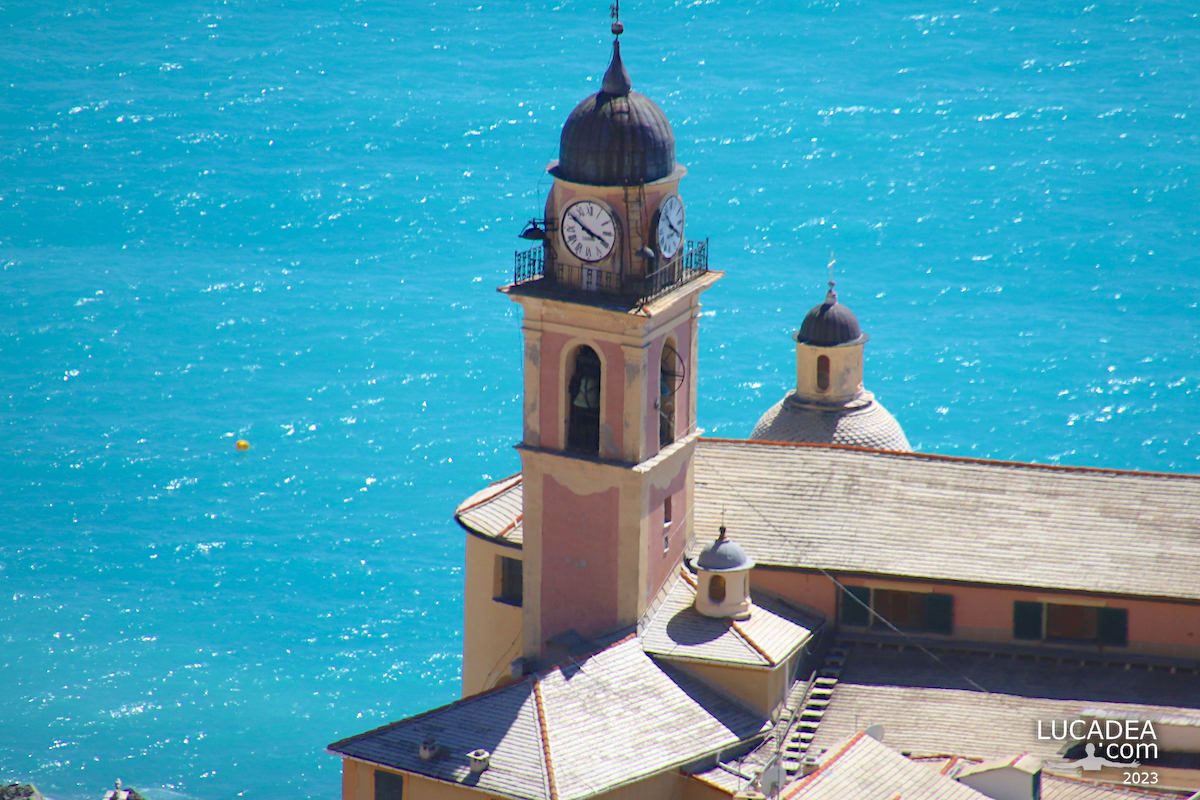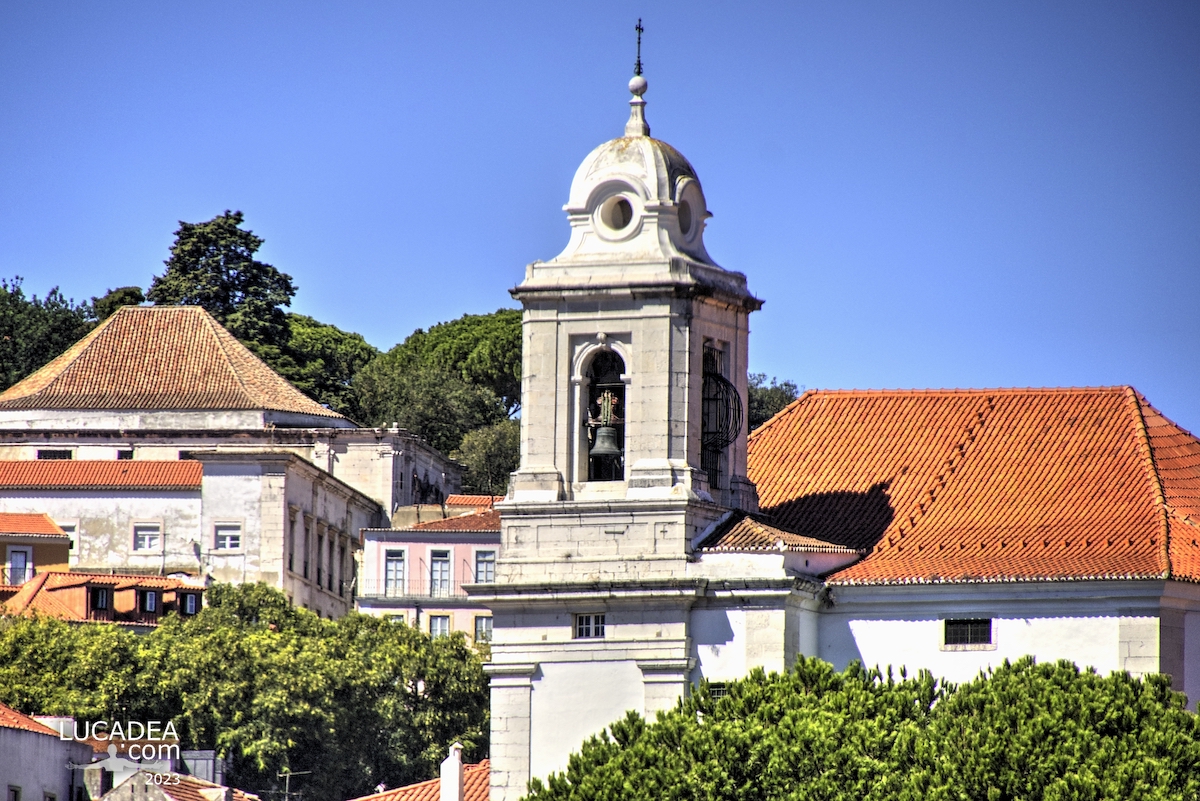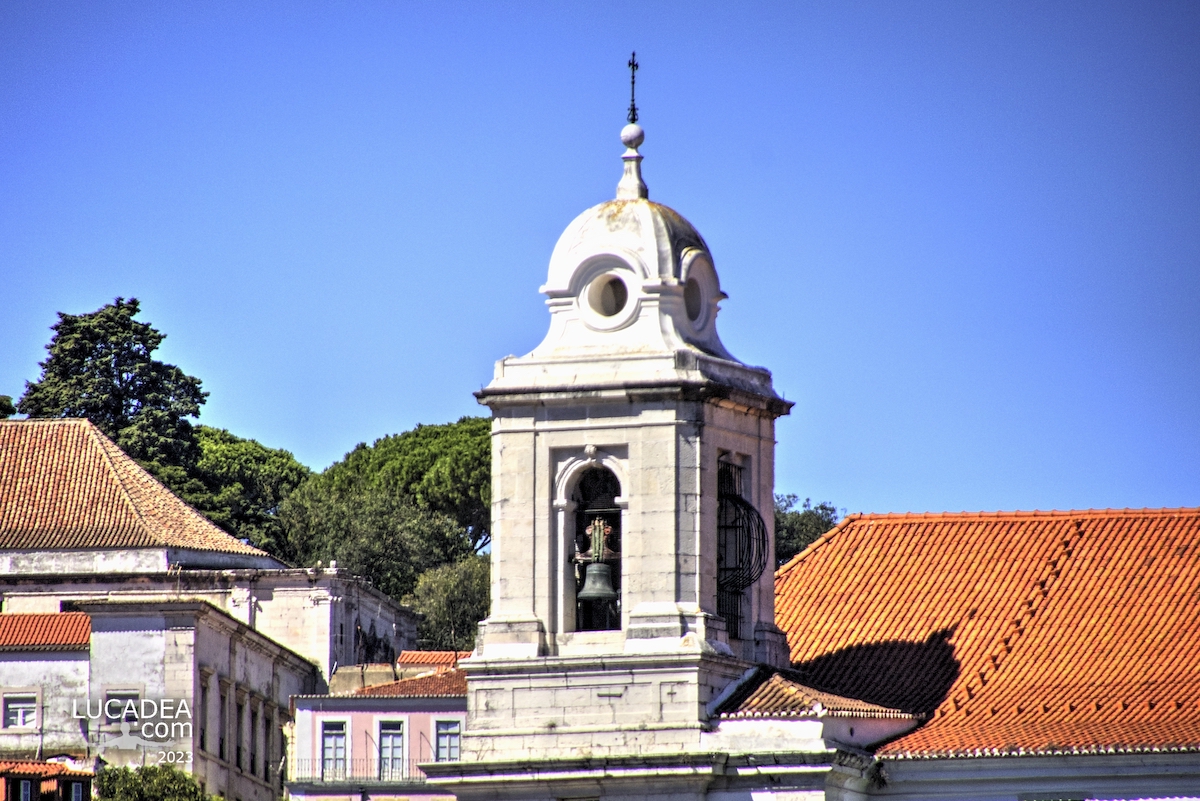The bell tower of Vor Frelser Kirke in Copenhagen.
Vor Frelser Kirke (Church of Our Saviour) is one of Copenhagen's most iconic attractions, located in the Christianshavn district. This baroque church is most famous for its bell tower with an external spiral staircase that wraps around the spire, offering breathtaking panoramic views of the city.
Construction of Vor Frelser Kirke began in 1682 based on the plans of architect Lambert van Haven and it was consecrated in 1695. However, the bell tower with its distinctive spiral staircase was only added in 1752 by architect Lauritz de Thurah. The staircase winds counterclockwise, a detail that has fueled an urban legend that the architect committed suicide by jumping from the spire after realizing his mistake.
The exterior spiral staircase consists of 400 steps that lead to the top of the bell tower, at a height of 90 meters. Climbing these steps is a unique experience that allows you to admire the architectural details of the spire up close and enjoy spectacular views of Copenhagen.
Another distinctive feature of Vor Frelser Kirke is its carillon, which plays melodies every hour from 8 am until midnight. This adds a musical touch to the already charming atmosphere of the church.
In addition to being a major tourist attraction, Vor Frelser Kirke is also an active parish church that serves around 8,000 people. Its baroque architecture and rich history make it a true national treasure of Denmark.
Do you know the beautiful Danish city of Copenhagen?
Add your own comment or go to the bottom of the site to read what other visitors have written.
Photo taken with Canon EOS RP and lens Tamron 16-300.
This is the official website: vorfrelserskirke.dk.
Click here to see all the photos of the Danish capital.

Here is where the church is located:
The bell tower of Vor Frelser Kirke in Copenhagen – Le clocher du Vor Frelser Kirke à Copenhague – El campanario de Vor Frelser Kirke en Copenhague – A torre sineira do Vor Frelser Kirke em Copenhaga – Der Glockenturm der Vor Frelser Kirke in Kopenhagen – Tháp chuông Vor Frelser Kirke ở Copenhagen
The text of the post was written with the help of Copilot, a virtual assistant based on artificial intelligence.
References:
– https://en.wikipedia.org/wiki/Church_of_Our_Saviour,_Copenhagen




















